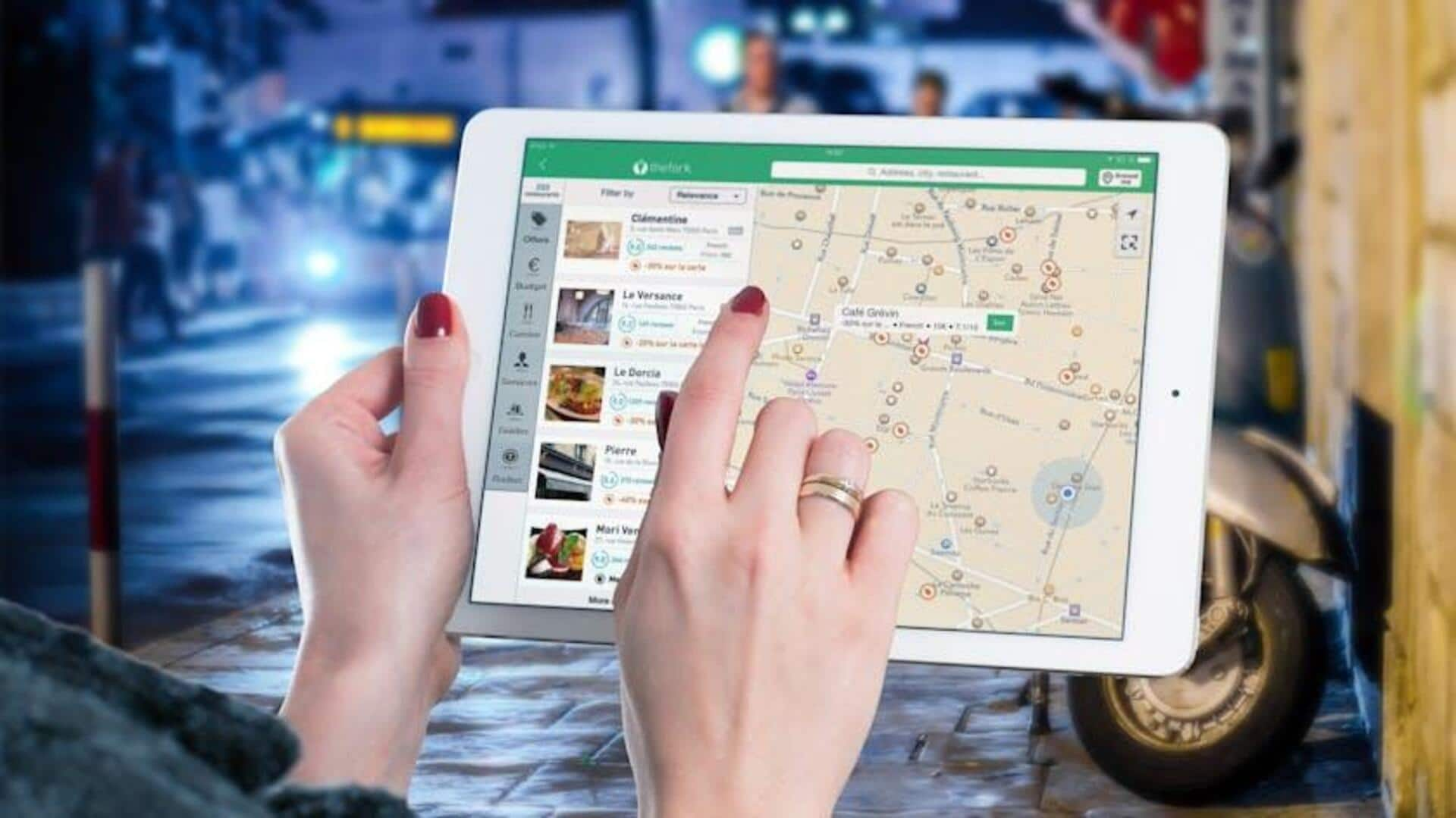
How to fix touchscreen issues on older devices
What's the story
Touchscreen sensitivity tends to decline over time, particularly in older devices. As a result, you may have to deal with frustrating experiences while interacting with your device. Thankfully, there are a number of steps you can take to improve how responsive your touchscreen is. Following these practical tips, you can boost the performance of your device and enjoy a smoother experience without buying a new gadget.
Screen care
Clean your screen regularly
Dirt and grime build-up on your screen can drastically alter its sensitivity. Regular cleaning with a microfiber cloth keeps touch response in check. Don't use harsh chemicals; a gentle screen cleaner or just slightly wetting the cloth with water would do. Regular cleaning not just improves touch accuracy but also extends the life of your device's display.
Sensitivity settings
Adjust touch sensitivity settings
Many devices come with settings that let you adjust touchscreen sensitivity. Head over to the settings menu and look for options related to display or touch input. Increasing sensitivity may help if you're experiencing lag or missed touches. Try different levels until you find the one that suits your needs the best, ensuring better interaction with your device.
Screen protector check
Remove unnecessary screen protectors
While screen protectors are great to avoid scratches, they can also hamper touch sensitivity in some cases. This happens especially when they are thick or applied badly. If you are facing the problem, try removing the protector temporarily and see if it improves the responsiveness of the screen. If yes, replace it with a thinner one designed specifically for high-touch accuracy.
Software updates
Update device software regularly
Software updates usually carry improvements and bug fixes that improve touchscreen performance, among other things. Make sure your device is running on the latest software version available by checking for updates regularly in the settings menu. Keeping software up-to-date ensures optimal functionality and may even fix any existing issues affecting touchscreen sensitivity.
Manual calibration
Calibrate your touchscreen manually
Some older devices also let you manually calibrate their touchscreens via dedicated apps or built-in tools. They can be located in settings menu under accessibility options or similar sections depending on brand and model specifics. Just follow the prompts displayed during the calibration procedure. They help fine-tune how accurately your inputs register across the entire surface.